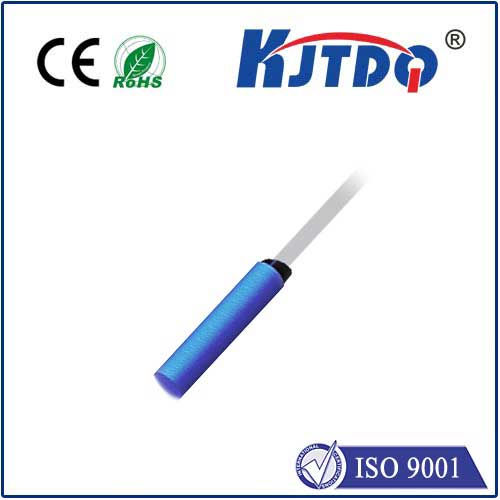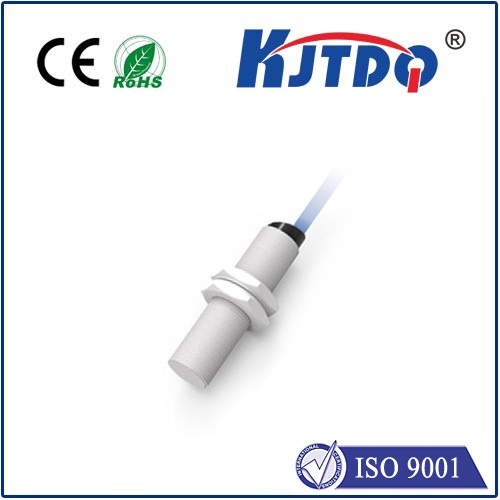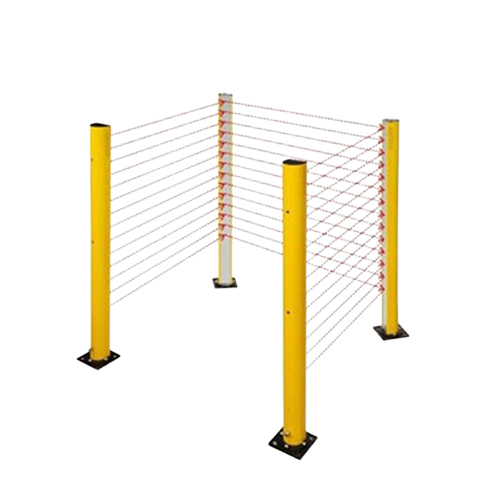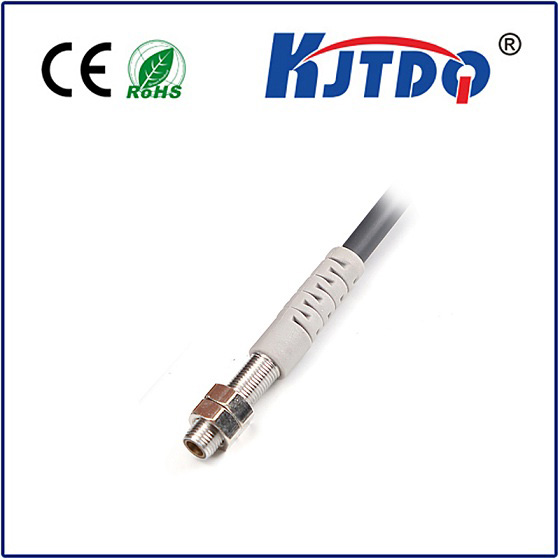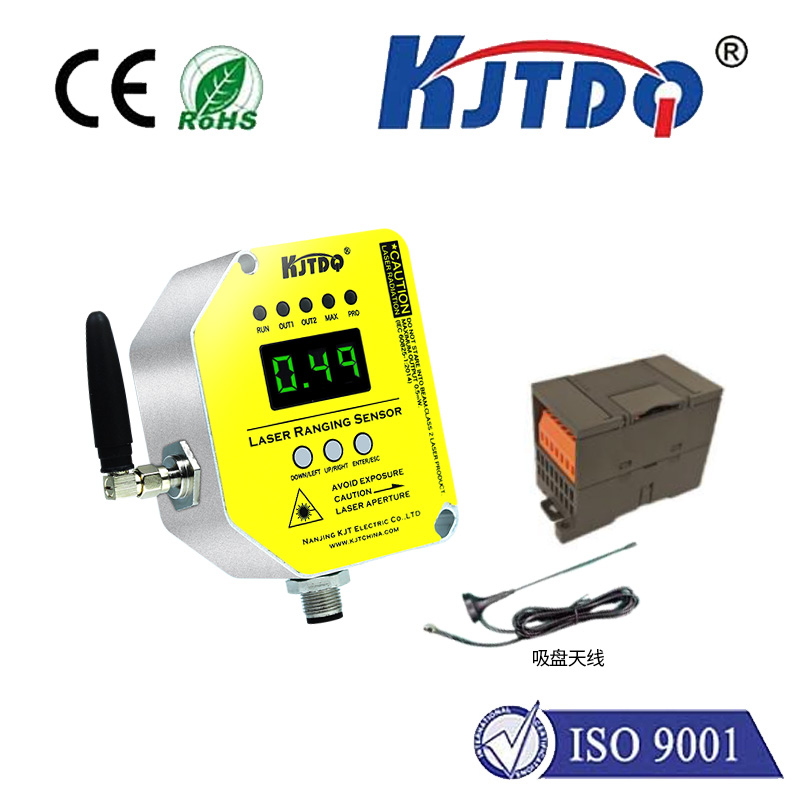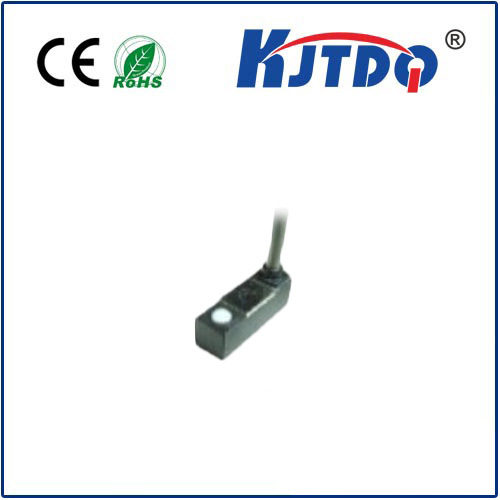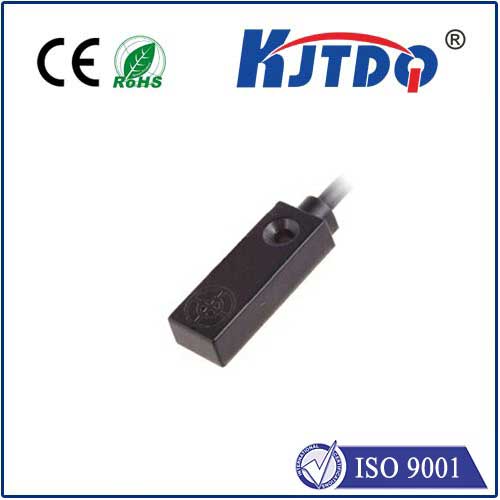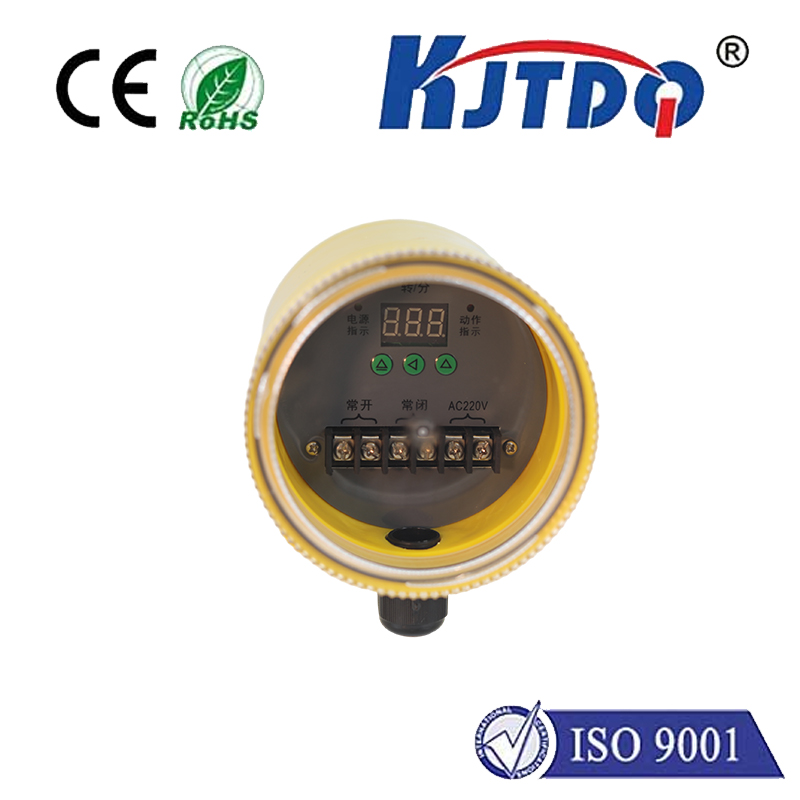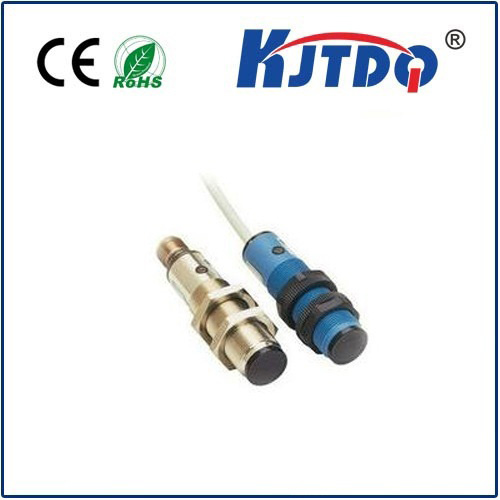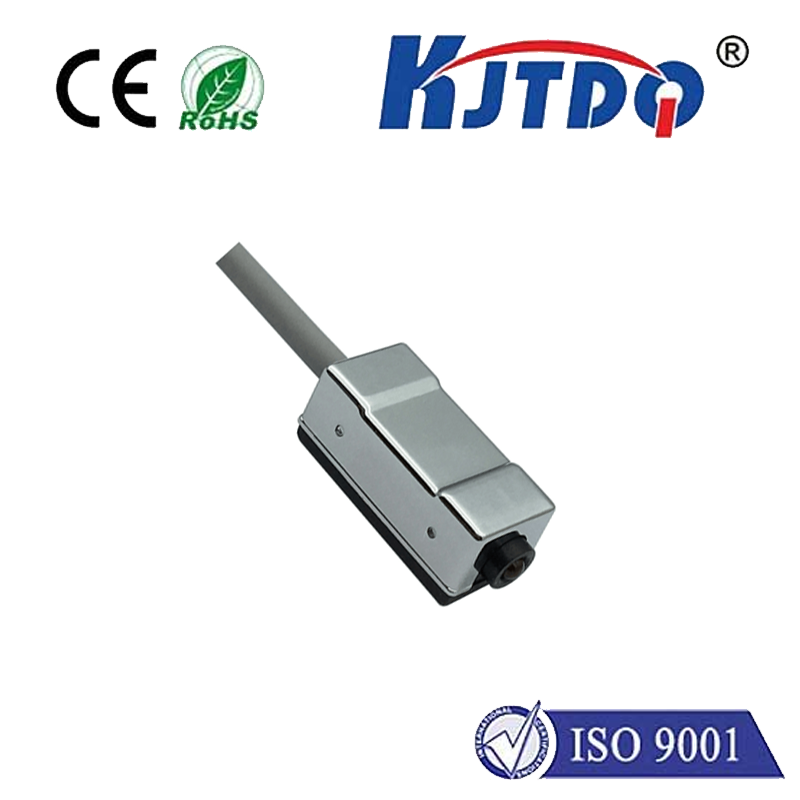BES039W proximity sensor
- time:2025-10-14 04:11:50
- Click:0
BES039W Proximity Sensor: Enhancing Safety and Efficiency in Industrial Automation
Imagine the costly chaos: a robotic arm unexpectedly collides with a vital machine component, a pallet jams violently on a high-speed conveyor, or a delicate assembly operation grinds to a halt due to misalignment. These disruptions, often rooted in unreliable object detection, plague manufacturing floors, costing time, money, and safety. This is where precision sensing technology becomes indispensable. The BES039W proximity sensor stands as a robust and reliable solution engineered specifically for the demanding environment of industrial automation, offering unparalleled object detection without physical contact. Understanding its capabilities is key to optimizing processes, preventing downtime, and safeguarding valuable equipment.
At its core, a proximity sensor detects the presence or absence of an object within its sensing field. Unlike mechanical switches, they operate non-contact, eliminating wear and tear and enabling high-speed detection critical for modern production lines. The BES039W leverages inductive sensing technology. This means it generates a high-frequency electromagnetic field around its active face. When a metallic target enters this field, it induces eddy currents within the metal. These currents absorb energy from the sensor’s field, causing a measurable change in the field’s amplitude. The sensor’s internal circuitry detects this change and triggers a switching signal – typically opening or closing an electrical circuit – to signal the object’s presence to the control system, like a Programmable Logic Controller (PLC).

The designation “BES039W” isn’t arbitrary; it signifies a specific set of characteristics and performance parameters. Key features defining the BES039W proximity sensor include:
- Robust Inductive Design: Inherently immune to dust, dirt, oil, and moisture splashes common in factories, making it ideal for harsh environments where optical sensors might fail.
- Extended Sensing Range: Engineered for a detection distance that often exceeds standard inductive sensors at its size category, providing greater flexibility in mounting and application design.
- Uncompromising Durability: Typically housed in a rugged stainless steel casing or similarly robust material, offering exceptional resistance to mechanical shock and vibration.
- High Switching Frequency: Capable of detecting objects reliably at very high speeds, perfect for applications like monitoring fast-moving parts on conveyors or robotic pick-and-place cycles.
- Reliable Output: Features a dependable DC 3-wire configuration (often NPN or PNP transistor output), providing a clear, stable signal compatible with most industrial controllers.
- Flush Mounting Capability (Typically): Designed to be installed “flush” with a metal surface, reducing vulnerability to physical damage and simplifying integration into machinery.
The BES039W isn’t just a component; it’s a productivity enhancer deployed across numerous industrial automation scenarios:
- Position Verification: Confirming the precise location of machine parts, slides, cylinders (confirming end-of-stroke), clamps, or tooling within automated assembly stations.
- Object Detection & Counting: Detecting metal parts moving along a conveyor belt or chute, enabling accurate counting, sorting based on presence/absence, and triggering downstream processes.
- End-of-Travel Sensing: Ensuring robotic arms, linear actuators, or moving platforms stop accurately at their designated end positions, preventing over-travel damage.
- Jam Detection: Monitoring material flow in processing lines. If metal parts pile up or jam, the sensor detects the unintended presence (or absence) of material, signaling a fault to halt the line.
- Safety Interlocks: Providing non-contact confirmation that guards are securely closed or access doors are latched before potentially hazardous machinery can operate.
- Level Detection: Monitoring fill levels in bins or hoppers containing small metallic parts or granules where a metallic “flag” indicates the level.
To extract maximum performance and longevity from the BES039W proximity sensor, correct installation and application are paramount. Consider these crucial factors:
- Target Material: Inductive sensors like the BES039W detect ferrous metals (like iron and steel) at their maximum range. Non-ferrous metals (like aluminum, brass, copper) are detectable but at a significantly reduced sensing distance. Always consult the datasheet for specific correction factors.
- Sensing Distance (Sn): This is the nominal effective detection range for a standard target (usually mild steel). Do not mistake it for the maximum possible distance. Ensure the target can reliably enter this zone during operation. Remember the “reduced sensing distance” for non-ferrous targets.
- Mounting: Flush mounting is generally recommended and allows installation near adjacent metal surfaces without significant loss of performance. Non-flush mounting increases the sensing range but requires more clearance from surrounding metals.
- Target Size & Shape: The target must be large enough and shaped appropriately to interact effectively with the sensor’s electromagnetic field. Small or thin targets (like washers) require positioning directly in front of the sensor face.
- Environment: While rugged, extreme temperatures, excessive weld spatter, strong electromagnetic fields, or corrosive chemicals might necessitate special sensor variants or protective measures. Always check the sensor’s specified operating temperature range and IP rating.
- Electrical Connections: Ensure correct wiring according to the datasheet (Brown: +V, Blue: 0V, Black: Load/Signal) and use the appropriate voltage supply (typically 10-30V DC). Incorporate necessary reverse polarity protection within the control circuit if the sensor lacks it internally.
In the relentless pursuit of efficiency, uptime, and safety within industrial settings, reliable sensing is non-negotiable. The BES039W proximity sensor exemplifies the kind of robust, high-performance component that forms the backbone of dependable automation. By providing accurate, non-contact detection of metallic objects, even in challenging conditions, it directly contributes to minimizing downtime, reducing maintenance costs, preventing equipment damage, and ensuring process integrity. Its combination of a generous sensing range, robust construction, and proven inductive technology makes it a versatile workhorse. Whether verifying the position of a complex assembly fixture, counting parts at high speed, or safeguarding personnel, integrating the BES039W is a strategic step towards a smoother, more productive, and safer operation. Selecting the right sensor for the specific application ensures this critical object detection function performs flawlessly day in and day out.






